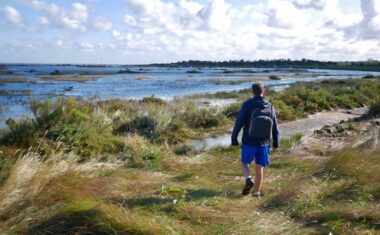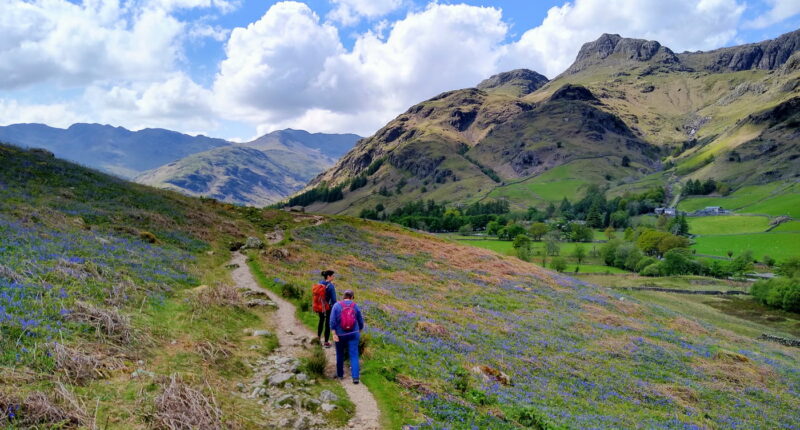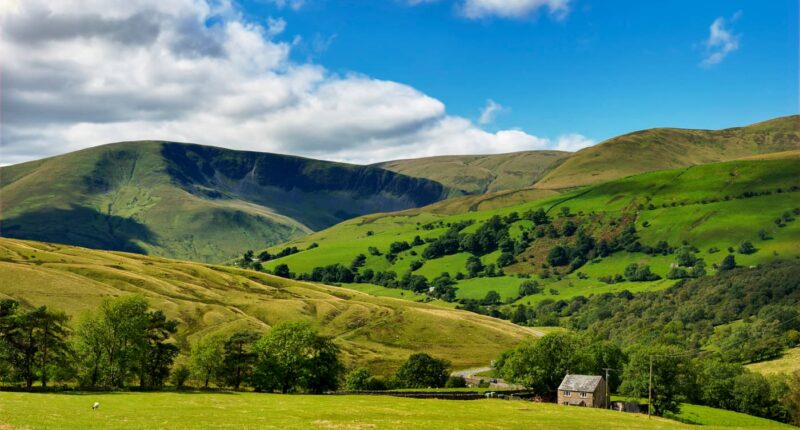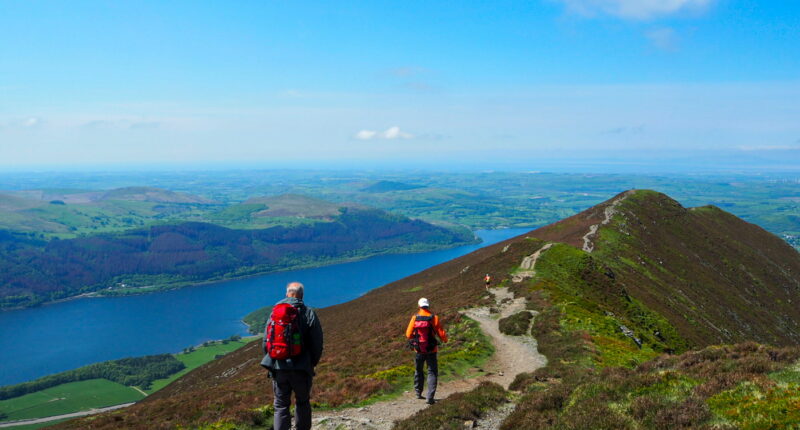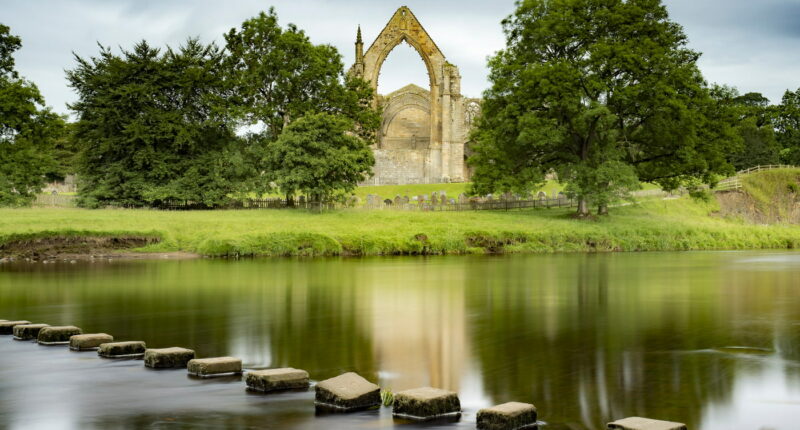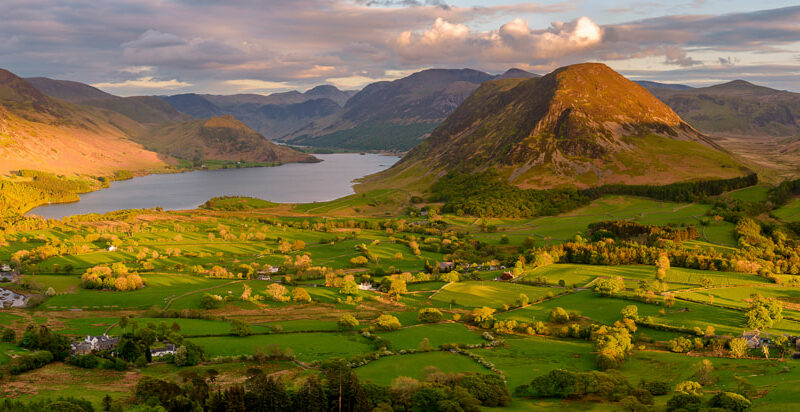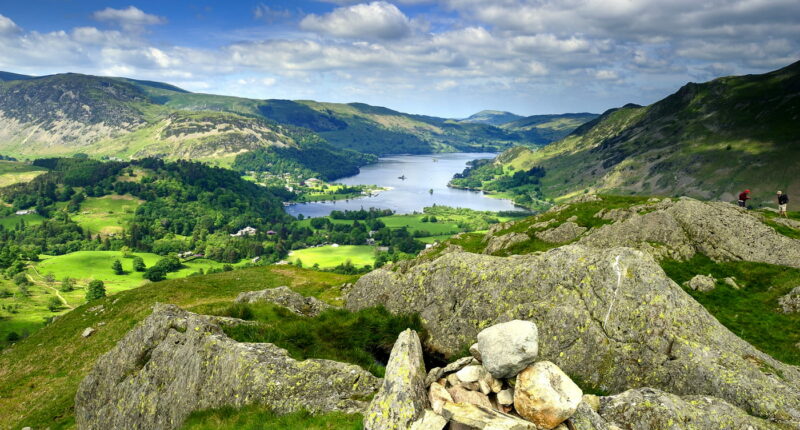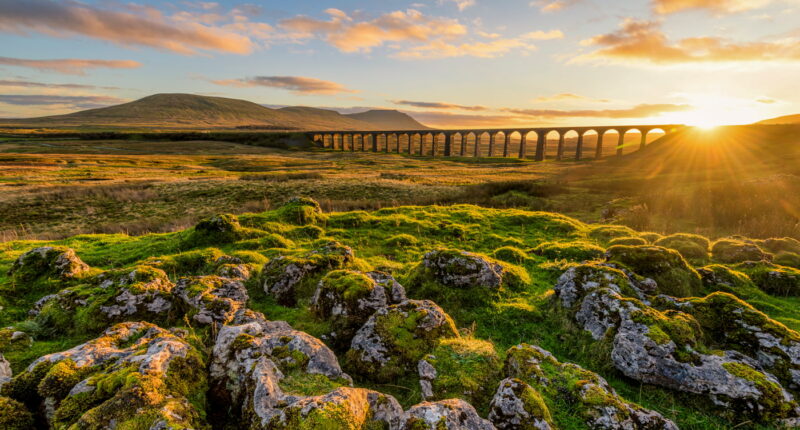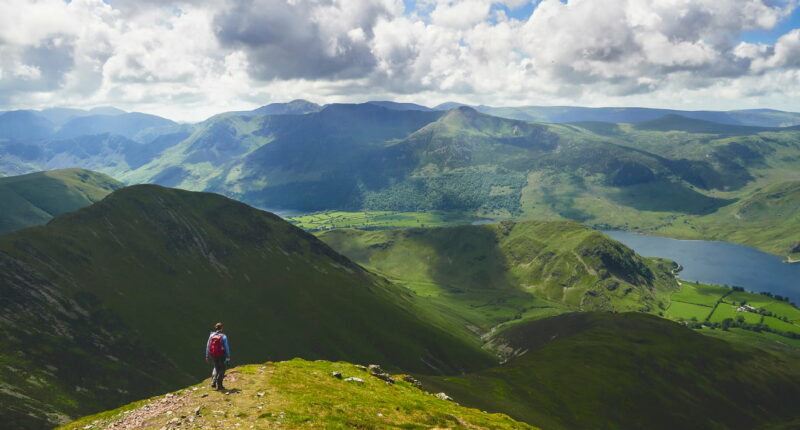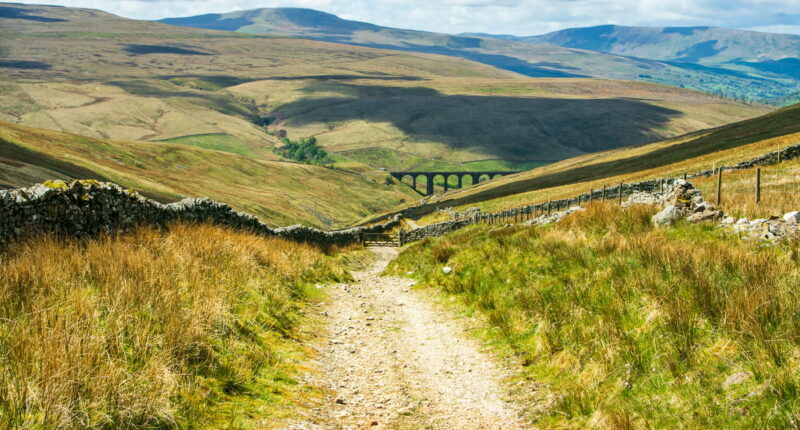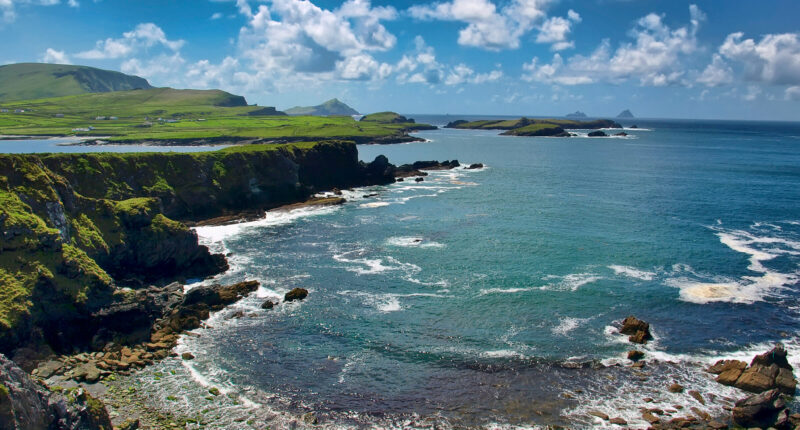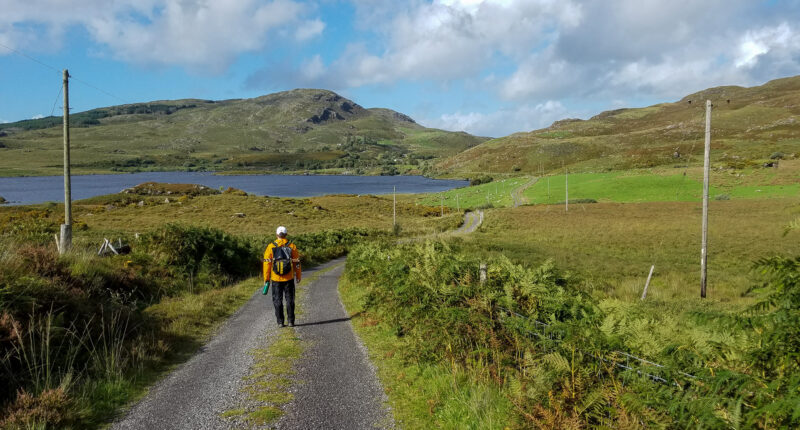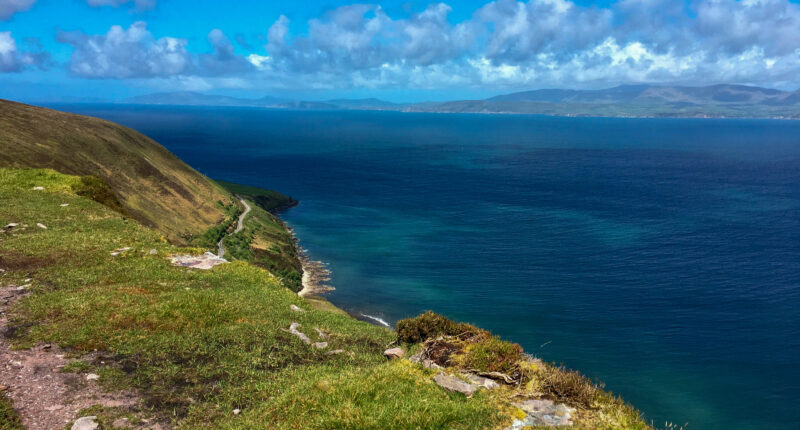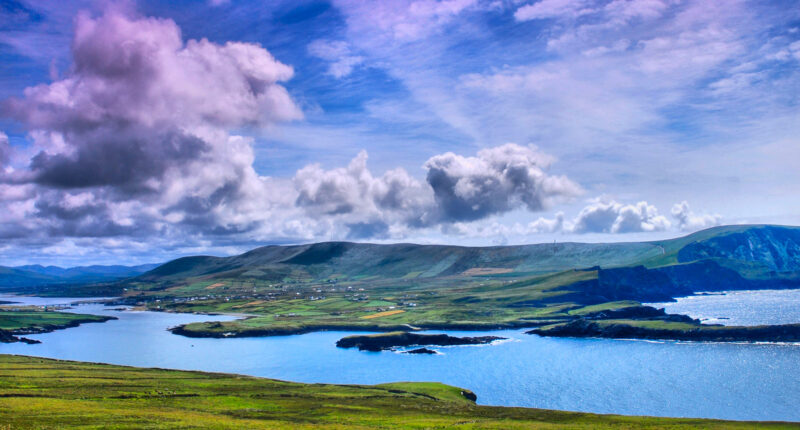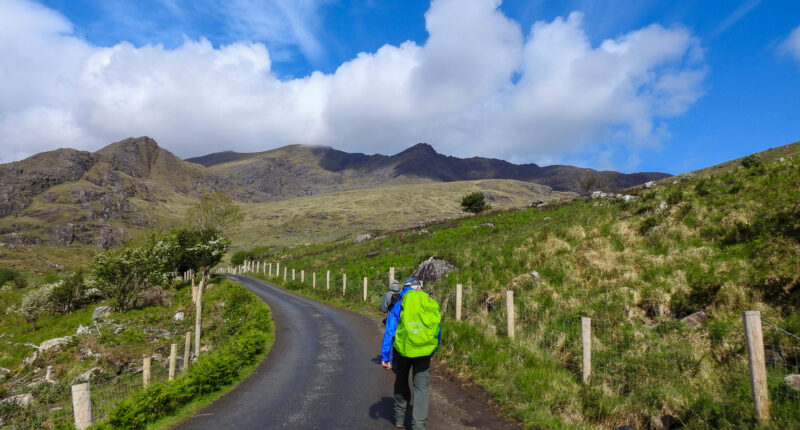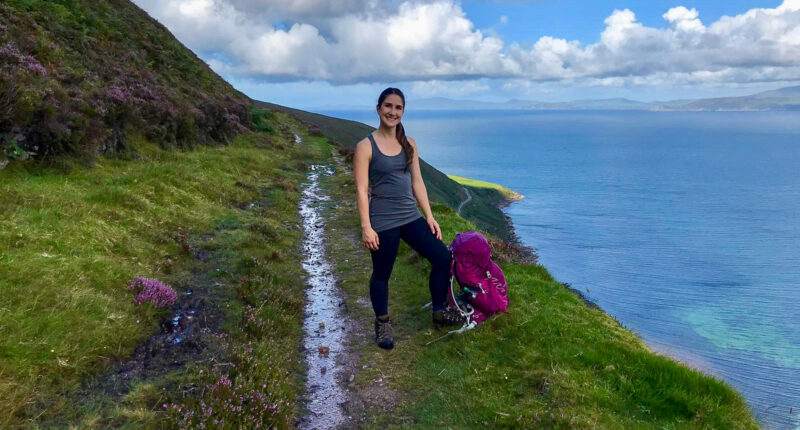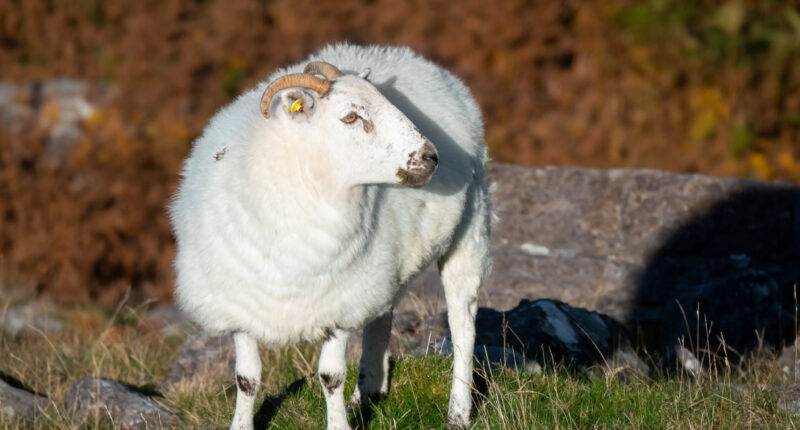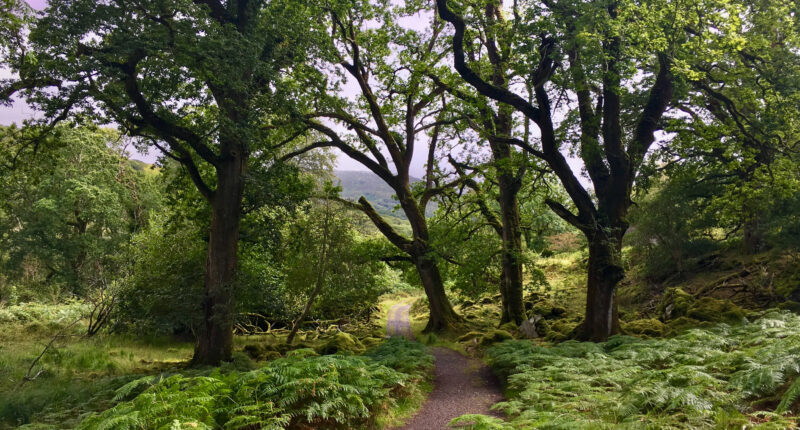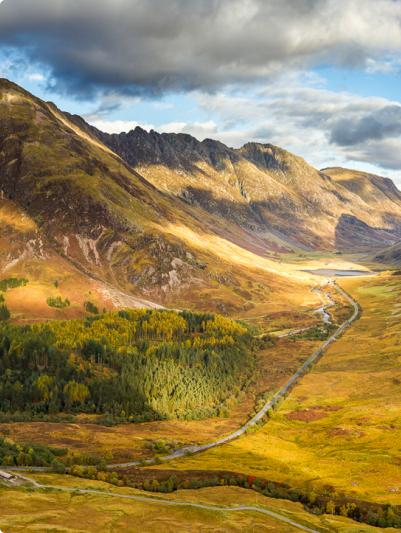Peddars Way & Norfolk Coast Path
Overview
- Prices from: £1355 per person
- Start: Knettishall Heath, Suffolk
- Finish: Hopton-on-Sea, Norfolk
- Availability: Any start date from March to October
- Grading: Moderate
- Way-marked: Yes
Peddars Way & Norfolk Coast Path Highlights

Contrasting paths
Read moreThe Peddars Way and Norfolk Coast Path combine two walks into one National Trail. Enjoy the contrasting landscapes that have been shaped over centuries.

Roman roads
Read moreWalk in the footsteps of the Romans who built the paths beneath your feet along the Peddars Way, whilst enjoying the open countryside and quiet country lanes.

Diversity of nature
Read moreExperience the diversity of nature as you stroll past rolling farmland, extensive sandy beaches and impressive salt marshes.

Historic Castle Acre
Read moreCastle Acre is a tranquil rural village which boasts an extraordinary wealth of history, including a fascinating Priory and an 11th-century castle.

Victorian seaside towns
Read moreFollowing the Norfolk Coast you will descent into Victorian seaside towns and lose yourself in the magical land of sand dunes and salt marshes.

Eastern sunset
Read moreWatch the sun set over the sea at Hunstanton – one of the few places on the east coast of England where this is possible.
Discover the Best of Norfolk’s Countryside & Coast
The Peddars Way & Norfolk Coast Path combines two delightful walks into one National Trail. This 133 mile / 214 km route has it all – gentle rolling farmland, low cliffs, salt marshes and tidal inlets, Roman history, Norman churches and unspoilt villages. Enjoy the contrasts and diversity as you walk through a landscape that has been shaped over centuries.
The trail begins along the Peddars Way from Knettishall Heath Country Park in the county of Suffolk and follows the line of an old Roman Road towards Hunstanton, a former Victorian resort town. The Peddars Way is an incredibly historic trail, once used by the Romans to form routes across East Anglia and later used by the pilgrims during the 15th century.
From Hunstanton, you will join the Norfolk Coast Path and walk eastwards to the busy port of Cromer, the ‘Gem of the Norfolk Coast’ and the hub of Norfolk’s crab fishing industry. The Norfolk Coast Path journeys through Victorian seaside towns, beautiful beaches, small fishing villages and nature reserves rich in bird life.
Continue on past Cromer, along the newly extended section of the coastal path, the next section covers areas of special scientific interest and delightful sandy beaches, before reaching Hopton-on-Sea close to the resort town of Great Yarmouth.
The trail along the Peddars Way and Norfolk Coast Path offers some fine coastal walking and is generally level, with very few steep climbs. It can be covered over a leisurely period between nine to twelve days.
Peddars Way & Norfolk Coast Path Route Map
Recommended Itinerary
Our most popular itinerary is PWNCP3 which covers the route in 12 days / 13 nights.
Travel to Thetford for your first night’s accommodation
Read moreThere is no accommodation in Knettishall Heath so you will spend the evening in Thetford – a small market town close to the start of the walk, where you will spend the evening at your first night’s accommodation.
Day 1: Knettishall Heath to Little Cressingham (14.5 miles / 23.5 km)
Read moreA short taxi journey will bring you to the start of the Peddars Way at Knettishall Heath. We will provide numbers for local taxis in your Information Pack.
Knettishall Heath is one of the largest areas of Breckland in Suffolk, and was designated as a Site of Special Scientific Interest in 1985. The Peddars Way (‘Peddar’ is a Middle Ages term for a footpath) leaves the village and follows an ancient Roman Road through the Brecklands. The walking is gentle, through rolling farmland and dry heathland. Enjoy the unexpected sight of ancient Scots Pine, planted to help stabilise the soil.
Day 2: Little Cressingham to Castle Acre (12.5 miles / 20 km)
Read moreBefore you leave Little Cressingham, take the opportunity to visit the medieval church of St Andrew, or the windmill by the water.
Continuing north, the path drifts along quiet country lanes, through gentle woodland and farmland. Take a moment to reflect on the Roman legionnaires who would have walked the same way as you are now. The path leads you to the historic village of Castle Acre.
We will then provide you with a transfer to nearby Narford – 4 miles away – where you will spend the night.
Day 3: Castle Acre to Sedgeford (13.5 miles / 21.5 km)
Read moreAfter breakfast, you will be transferred back to Castle Acre where you will rejoin the trail.
Whilst in Castle Acre, take the opportunity to visit the twin ruins of Castle Acre Castle and Castle Acre Priory, formed soon after the Norman Conquest. Castle Acre was a fortified town and provides one of the best examples of Norman town planning even today.
The route today is the most straightforward section of the Peddars Way; as it maintains a persistent line most of the way to the coast. This section is remote and peaceful, so soak up the solitude and keep your eyes out for wildlife including deer, stoats and foxes.
Day 4: Sedgeford to Hunstanton (7.5 miles / 12 km)
Read moreToday is a short day for your final stage on the Peddars Way as you head towards the coast. Take some time to explore Sedgeford before you leave, as this small village is packed with history. A wealth of Roman and Iron Age artefacts have been found here.
You will arrive at the beautiful town of Holme-next-the-Sea, with its stunning coastal views. As the Peddars Way ends the Norfolk Coast Path begins, heading east through the salt marshes and nature reserves and through the dunes to the busy seaside resort of Hunstanton.
Hunstanton is an east coast town which faces west, so you may even be able to watch the sun setting!
Day 5: Hunstanton to Brancaster (10.5 miles / 16.5 km)
Read moreFrom the Victorian resort town of Hunstanton, overlooking the Wash Estuary, begin your walk along the coast towards Brancaster. The cliffs beckon, although later on in the day you will walk inland through rolling hills and farmland into the sleepy village of Brancaster. Visit St Mary’s Church, and its round Saxon tower.
Day 6: Brancaster to Wells-next-the-Sea (12 miles / 19 km)
Read moreThe trail continues past the Roman Fort of Branodunum and along a more rugged section of coastline. There are some marshy sections, but there are places to rest, including the old seaport of Burnham Overy Staithe. Holkham Bay is a National Nature Reserve, and the impressive golden sands stretch out in front of you as far as the eye can see. There is a wide array of birdwatching to be done here.
Wells-next-the-Sea is a charming port and a busy town, well worth exploring this evening.
Day 7: Wells-next-the-Sea to Cley-next-the-Sea (10.5 miles / 16.5 km)
Read moreAnother Nature Reserve awaits you today at Blakeney Point, where you may spot grey seals. Stay on the main path throughout the day, as the salt marshes can be dangerous. Soon, Cley-next-the-Sea and its distinctive windmill come into view.
The frequency with which rare migrant birds arrive at Cley Marshes has made it one of the country’s foremost bird reserves, and you’ll find a visitor centre with an observation area. There are also stunning views to be had of Cley’s beaches.
Day 8: Cley-next-the-Sea to Cromer (13 miles / 21 km)
Read moreExplore Cley Windmill and St Margaret’s Church before leaving Cley-next-the-Sea and making your way to Cromer, the end of the Norfolk Coast Path. There is some tricky walking on the shingle ridge towards Weybourne, before heading inland once more.
Having reached the highest point of the walk, the trail drops back down to the sea and Cromer Pier comes into view. Welcome to the ‘Gem of the Norfolk Coast’!
Day 9: Cromer to Mundesley (8 miles / 12.5 km)
Read moreTo continue your journey along the Norfolk coast, today you will follow the England Coast Path which connects Cromer to Hopton-on-Sea.
The path continues along the beach with wonderful views of the geologically impressive cliffs. Walk through the quaint village of Trimingham, which was once a centre for pilgrimage. You will then arrive in the charming Victorian resort of Mundesley.
Day 10: Mundesley to Happisburgh (6 miles / 9.5 km)
Read moreMundesley was a popular Victorian resort and many of its largest buildings date from this time. The beach walking that follows cannot be tackled at high tide, so preparation is required. Continue along the coast, hugging the shoreline, or travel inland slightly and explore Paston’s gothic St Margaret’s church.
Arriving in Happisburgh, gaze at the candy-striped lighthouse at Walcott or tour the historic church.
Day 11: Happisburgh to Caister-on-Sea (14.5 miles / 23.5 km)
Read moreHappisburgh is home to the oldest footprints outside of Africa, dating back some 800,000 years. Travel in the early settlers’ footsteps and continue along the coast to Sea Palling.
This stretch is popular with birdwatchers. Walk through woodland and grasslands and enjoy the views stretching inland. Catch a glimpse of the grey seal colony, which draws thousands of visitors each year. You will then enter ‘The Valley’, a long meadow bordered by ferns and a popular feeding area of birds of prey. More beaches and cliffs follow before arriving into Caister-on-Sea.
Day 12: Caister-on-Sea to Hopton-on-Sea (10 miles / 16 km)
Read moreYour final day along the trail takes in the historic Caister Lifeboat Station Museum, where you can learn about the station’s proud history. Follow low-lying dunes until you reach the port town of Great Yarmouth, which has a strong maritime heritage and tourism industry.
Pass through the industrial heart of the port town to the gem of Gorleston Beach, where your walk will come to an end. We will then provide you with a transfer to Great Yarmouth where you will spend your last night.
Onward travel
Read moreAfter breakfast, you will start your journey home after a wonderful walking holiday on the Peddars Way & Norfolk Coast Path.
What’s Included?
Your Peddars Way & Norfolk Coast Path walking holiday includes:
- Carefully selected accommodation along the route and trail transfers when applicable
- En-suite or private bathroom facilities whenever possible
- Daily door-to-door baggage transfers
- Comprehensive information pack, kit list, guidebook and map (one set per room)
- Personalised itinerary with details of your accommodation, route and recommendations for lunch and dinner
- Traditional English breakfast
- 24-hour emergency contact number
- Full financial protection
Your walking holiday doesn't include:
- Travel insurance
- Transport to and from the start and end of the walk
- Lunches and evening meals
Itineraries & Prices
We offer 7 suggested itineraries for walking the Peddars Way & Norfolk Coast Path.
Our most popular itinerary is PWNCP3 which covers the route in 12 days.
We also offer standalone packages for the Peddars Way and Norfolk Coast Path individually, each of which is an excellent walk in its own right. This gives those with less time the opportunity to complete the trail in two stages.
 Average miles per day
Average miles per day
 Level of difficulty
Level of difficulty
 Average miles per day:
15 miles per day
Average miles per day:
15 miles per day
 Level of difficulty:
Moderate
Level of difficulty:
Moderate
 Average miles per day:
12 miles per day
Average miles per day:
12 miles per day
 Level of difficulty:
Moderate
Level of difficulty:
Moderate
 Average miles per day:
11 miles per day
Average miles per day:
11 miles per day
 Level of difficulty:
Moderate
Level of difficulty:
Moderate
 Average miles per day:
15.5 miles per day
Average miles per day:
15.5 miles per day
 Level of difficulty:
Moderate
Level of difficulty:
Moderate
 Average miles per day:
12 miles per day
Average miles per day:
12 miles per day
 Level of difficulty:
Moderate
Level of difficulty:
Moderate
 Average miles per day:
14 miles per day
Average miles per day:
14 miles per day
 Level of difficulty:
Moderate
Level of difficulty:
Moderate
 Average miles per day:
10.5 miles per day
Average miles per day:
10.5 miles per day
 Level of difficulty:
Easy
Level of difficulty:
Easy
Peddars Way & Norfolk Coast Path Accommodation
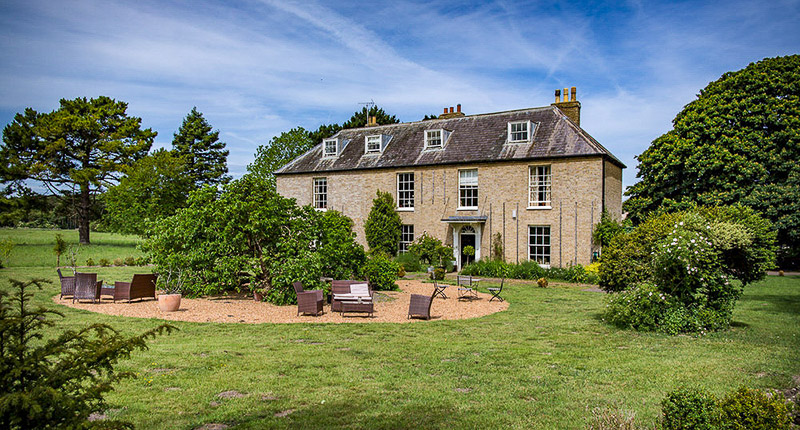



All of the accommodation that we reserve for you has been personally selected by our expert team to ensure it meets our exacting standards. We regularly review our extensive database.
We will always prioritise accommodation as close to the walking trail as possible. Occasionally, your accommodation may be located a short distance from the trail, or you may need to spend more than one night in the same place, in which case we will provide return transfers.
Travel Information
As an environmentally conscious tour operator, we actively encourage the use of public transport by providing clients with a detailed breakdown of travel options in their information packs. The following information may help with your pre-trip planning.
Getting to Thetford (for Knettishall Heath)
Nearest major International Airport: London Stansted
From London Stansted Airport, you can then take a train to Thetford via Cambridge (journey time 1 hour 20 min). There is also a direct bus from Stansted Airport Coach Station to Thetford (journey time 2 hours 20 min).
Nearest Railway Station: Thetford
There are train services from London Kings Cross to Thetford via Cambridge (journey time 1 hour 40 min).
Thetford Bus Interchange is also served by National Express coaches.
If you plan to travel by car, it may be possible to leave it at the start of your walk, for the duration of your holiday. We can check this for you when your booking is confirmed.
Returning from Great Yarmouth
Nearest major International Airport: London Stansted.
You can take the train from Great Yarmouth to Norwich (journey time 35 min), and connect with a train to Chelmsford (1 hour 20 min). From Chelmsford Bus Station there is a direct coach to Stansted Airport.
Nearest Railway Station: Great Yarmouth
There is a frequent train service from Cromer to London Liverpool Street via Norwich (journey time 3 hours).
Great Yarmouth is also served by National Express coaches.
If you plan to travel by car, it may be possible to leave it at the end of your walk, for the duration of your holiday. We can check this for you when your booking is confirmed.
Additional Days
We would be delighted to arrange additional accommodation for you along the Peddars Way & Norfolk Coast Path.
You may wish to plan a rest day or have an additional night at any of the locations along the route which offer activities or sightseeing opportunities – we’ve made some suggestions below. Please request this when you make an enquiry.

Castle Acre
Read more- Castle Acre is a delightful little village steeped in Norman history, situated on the River Nar. Visit its twin ruins and the Bailey Gate – evidence of its former fortification
- Enjoy a walk along the beautiful River Nar, a protected site supporting many and varied flora and fauna

Hunstanton
Read more- Take the opportunity to visit nearby Sandringham Estate, the much-loved country estate of the Queen, and easily accessible by bus
- Visit Boston Square, a fine Victorian Square which offers fine views across the Wash Estuary to Boston, Lincolnshire
- Marvel at the layered red and white chalk cliffs
- Enjoy various activities with Hunstanton watersports

Wells-next-the-Sea
Read more- Take a seal watching trip from Blakeney Point
- Visit Wells and Walsingham Light Railway, the longest 10 ¼ inch gauge steam railway in the world. Enjoy a scenic journey with five bridges through lovely countryside
- Visit Holkham Hall and Estate one of the county’s top attractions

Cromer
Read more- Stroll along the pretty seafront and enjoy some freshly caught local crab
- Climb the 172 steps to the top of the medieval St Peter and St Paul’s Church, thought to be the tallest church in Norfolk
- Visit the RNLI Henry Blogg Museum, and find out how this lifeboat man received the George Cross for heroism

Great Yarmouth
Read more- Enjoy this classic two-pier town, famous for the Golden Mile’ beach resort
- Gaze at sharks and sea turtles at the Sealife Centre
- Visit the Time and Tide museum, located in a 19th-century fish curing factory, and discover the history of Great Yarmouth, from the ice age to the present day
- Explore the only museum dedicated to the Norfolk naval hero Lord Horatio Nelson
- Step back in time to the 16th century Elizabethan House Museum, which explores the lives of those who lived here
Make an enquiry
Peddars Way & Norfolk Coast Path
Need something more tailored?
Contact us via email:
enquiries@absoluteescapes.com


